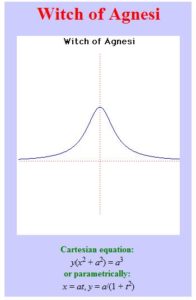This is a great on-line resource hosted by the Math Department at Dartmouth University: a comprehensive collection of the works of (and about) Leonhard Euler.
http://www.math.dartmouth.edu/~euler/
Euler, indisputably one of the greatest mathematicians in history, authored over 800 papers in his lifetime, touching on every area of mathematics then in existence. In addition, Euler made significant contributions to physics, astronomy, and applied sciences as well.
The archive features historical and biographical information, related resources, and digital copies of over 800 original documents.

